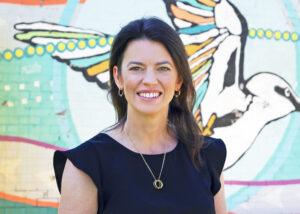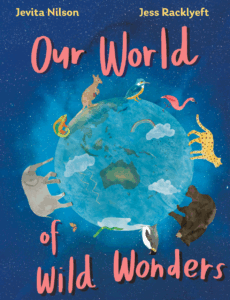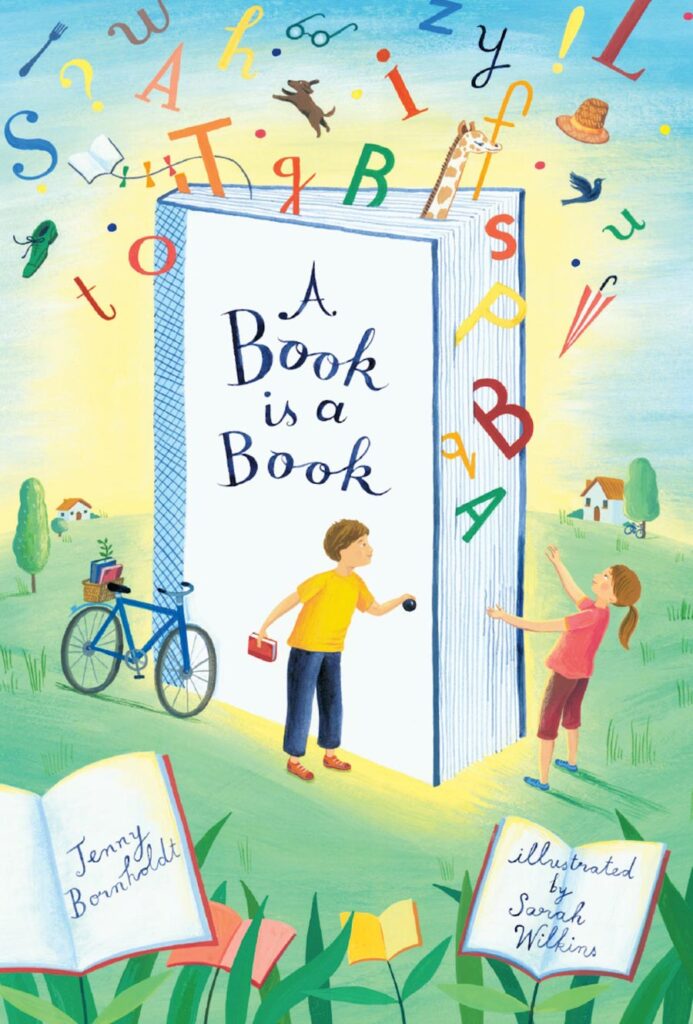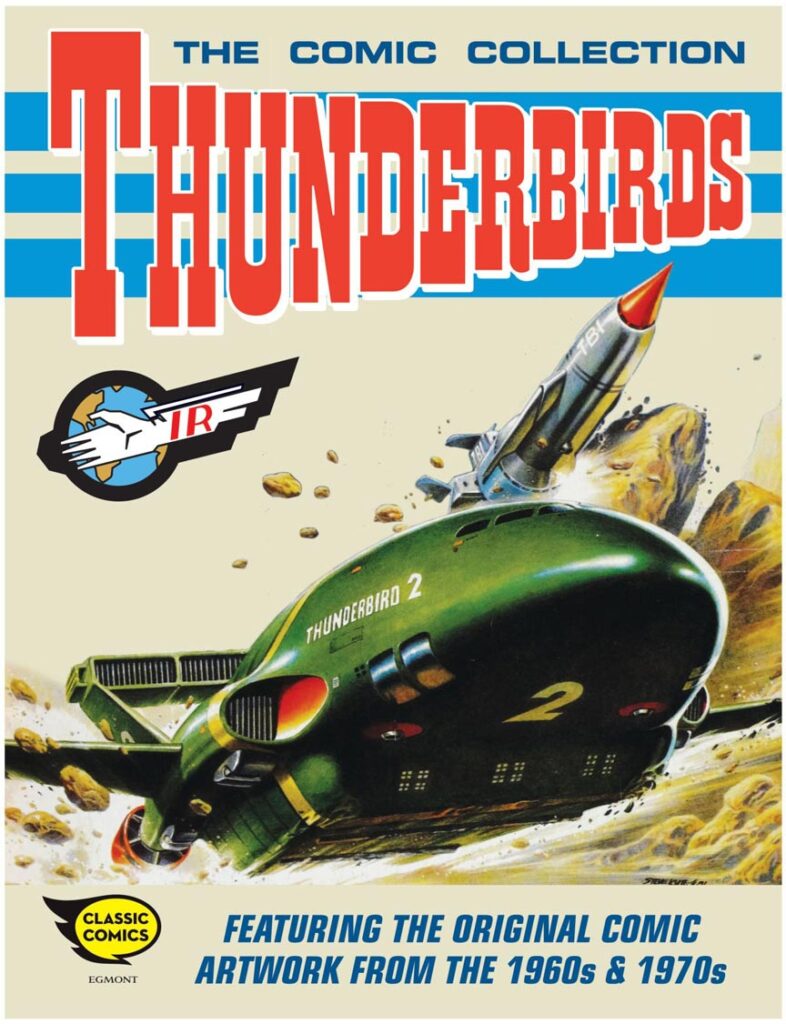 Reading Time reviewer Laura Holloway interviewed children’s author Jevita Nilson ahead of the release of her new non-fiction picture book, Our World of Wild Wonder.
Reading Time reviewer Laura Holloway interviewed children’s author Jevita Nilson ahead of the release of her new non-fiction picture book, Our World of Wild Wonder.
Congratulations on your new book. Can you explain what it’s about?
Thank you! Our World of Wild Wonders, illustrated by Jess Racklyeft and published by CSIRO Publishing, is a companion title to our previous book, Our World Full of Wonder which was released in November 2024.
Our World of Wild Wonders combines a lyrical narrative, vibrant illustrations and fascinating facts to explore twelve unique animal species and how they’ve adapted to their environment – from the cliff-climbing goats in the European Alps to the mysterious underwater creatures in the depths of the Mariana Trench.
What was your path to publication for this title?
I submitted Our World Full of Wonder to CSIRO Publishing through their open submissions in early 2023. When this manuscript was contracted, my publisher said they could see the concept as a series, or with a sequel, and we talked about a concept of different animals around the world.
The original manuscript of Our World Full of Wonder had a spread on the migration of the monarch butterflies, but we decided to swap that out for another spread as it was the only one with animals and the book was focused on places. The monarch butterflies became the starting point for Our World of Wild Wonders, which I wrote in mid-2023. Thankfully, CSIRO loved it and offered me a contract in September 2023!
How did you decide which animals to include?
With so many fascinating animals around the world, it was very hard to whittle it down to twelve for the book. I’ve tried to showcase a range of different animals, in different countries and habitats, with different adaptations and features. Some of the animals are ones that kids will know – like the leopard, and the echidna – and others are a little more obscure – like the alpine ibex and the deep-sea creatures of the Mariana Trench. But they all have something that makes them interesting and unique, such as how starlings fly in a synchronised group called a murmuration, or how the monarch butterflies embark on a multi-generational migration.
I also wanted each spread to look and feel different to each other. I imagined how the illustrations might look and what colours Jess would use, and I made sure my animal selections would provide variety across the book.
Jess Racklyeft’s illustrations really bring your words to life. Were the illustrations how you’d imagined when writing the manuscript?
Jess’ work is amazing and having worked with her on Our World Full of Wonder, I had no doubt she would produce fabulous illustrations for our second book together. My favourite spread is the sea otters. Wait till you see their adorable little faces!
Each spread is eye-catching and distinct from the previous one, which is exactly how I’d imagined the book. I am extremely grateful that we could produce two beautiful books together.
You write both fiction and non-fiction books. How does your writing process differ for each?
I love writing both fiction and non-fiction picture books, and there’s similarities and differences between the way I approach these genres.
Firstly, writing non-fiction requires a considerable amount of research before I start crafting the story. I spend a lot of time watching videos, reading books and articles, and jotting down facts before I begin writing. I enjoy writing in a lyrical style, even with non-fiction, so then I start thinking about how I can mould the facts I’ve collected into a lyrical prose. For example, when describing the aurora borealis in Our World Full of Wonder, I wanted to convey the way the lights constantly move across the sky. Watching videos of the aurora reminded me of the way a dancer is continually moving while performing, so I went with “There is a place where the night sky is a ballet of light, where ghostly greens swirl above snow-capped mountains, and reflections dazzle in the darkness.” Playing with words to form an appealing sentence is my favourite part of the process.
Writing fiction allows me to be more organic in the way I approach the story. When I get an idea, I usually do a little bit of planning in my writing journal, which involves a rough outline of where the story is going, but I like to get into the writing as soon as possible. Most of my fiction stories are also written in lyrical prose, but the first draft is all about putting structure around my thoughts and getting words on paper. The editing stage is when I start word crafting and trying to bring my own unique style to the story. Similarly to writing non-fiction, I enjoy playing with words to say things in a way that’s intriguing to the reader.
What’s next for you?
I’m currently working on another book with CSIRO Publishing that is due out in 2026. This one is a little different to the Our World books, with more of an Australian feel to it. Hopefully I’ll be able to share more on that soon.
I’m also delving into the junior fiction space. Nothing under contract, but I wrote my first junior fiction novel last year which was well received in the CYA Competition and the Pitch It! Competition, and I’d like to start getting that in front of some publishers this year. I’ve also started writing a new junior fiction series, so will see where that takes me!
Where can people find out more about you and your writing projects?
The best place to find me is on social media. I’m on Facebook and Instagram as @jevita.nilson.writes. You can also find more on my website.
Read our review of Our World Full of Wild Wonders here.




